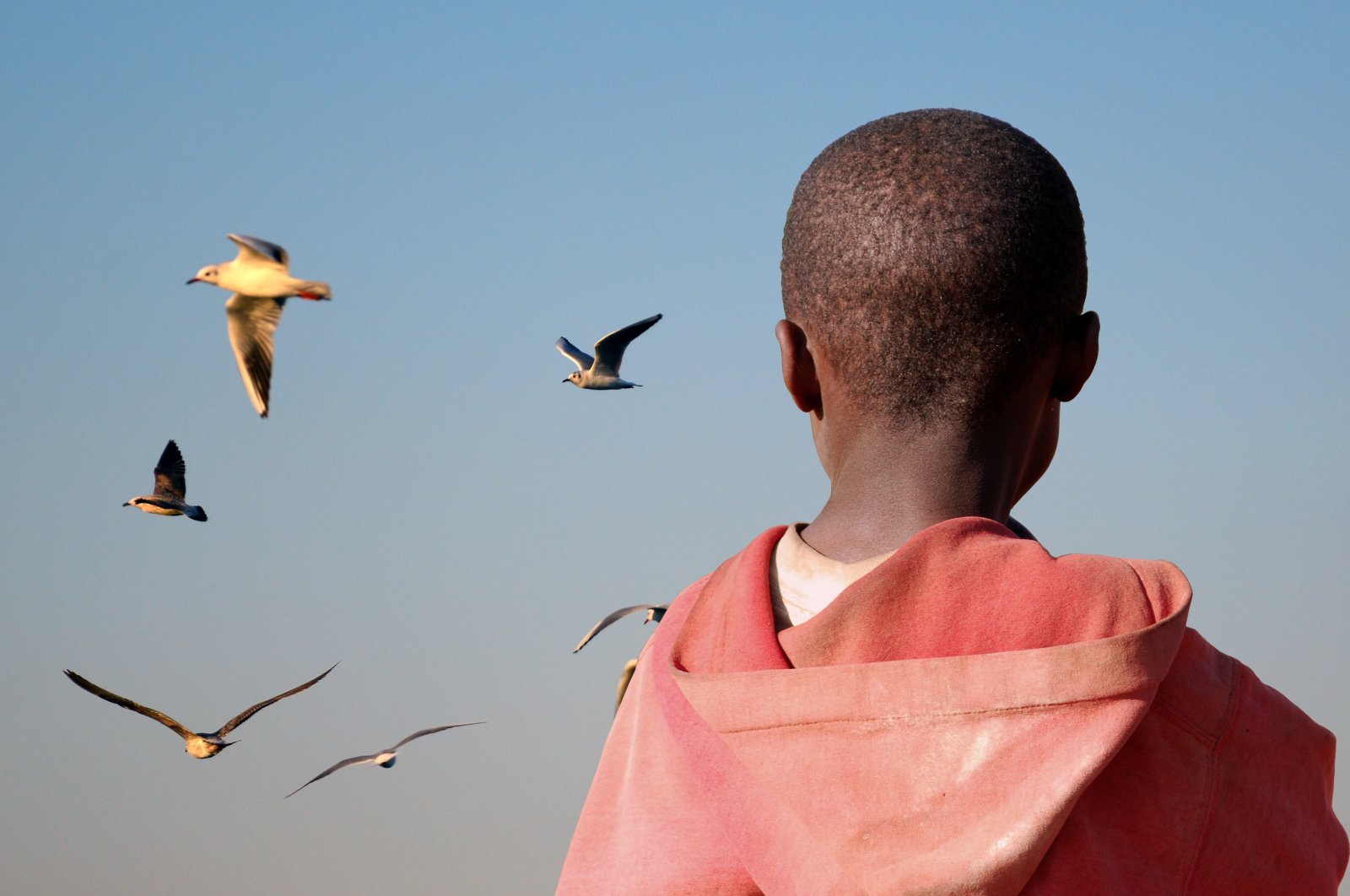Who benefits from development aid in Africa?
Who benefits from development aid in Africa | Daily Sabah Daily Sabah


Aid for Development: Examining the Impact on African States

Aid is situational support supplied to a community to elevate it out of poverty or hardship. As a result, it quickly emerged as a viable strategy for combating underdevelopment. Unfortunately, while it can, for obvious reasons, increase a country’s growth under specific conditions, it has almost little effect on African states.
Understanding Development Aid
According to the Hachette Encyclopedic Dictionary, development aid is defined as the transfer of resources (loans, investments, donations) between two countries, in this case, from a developed country to Africa.
The Impact of Loans
The system is configured in such a way that the International Monetary Fund (IMF), the World Bank, and other lenders provide African countries with loans since they lack the necessary funds for their development. As soon as the funding is received, Africa finds that it lacks the national firms and individuals needed to carry out development initiatives. Thus, foreign firms and experts are employed. The money used to pay for the extravagant salaries and services rendered eventually returns to the West. But reimbursement is required. Africa must then borrow money again to pay down the debt and frequently the accruing interest. If the project proves to be a white elephant (one that doesn’t bring in enough money for repayment) and the kleptocratic governing class diverts some of the loan money, the issue is much more complicated.
The Impact of Investments
Investments in Africa frequently focus on fields that do not raise the average living level of the population. They concentrate on the manufacture of products that are unrelated to the life of the people and on extractive enterprises. These investments all try to increase profits as quickly as possible. The developed nations receive the profits. Multinational firms frequently avoid paying enough taxes in cooperation with the ignorant ruling elite. The fact that foreign investments have only made Africa poorer is hardly shocking.
The Issue with Donations
While Africa receives a significant amount of foreign aid, a large portion of it flows out of the continent in the form of profits to multinational companies or illicit financial flows. The corrupted political class in Africa, along with national and international bureaucrats, have turned foreign aid into a lucrative industry. The money is often misused for personal gain, salaries, housing, and unnecessary expenses.
Why Does this Situation Persist?
Donors do not put restrictions on how the aid money is used, allowing beneficiaries to spend it without being held accountable. Additionally, development aid attracts the best civil servants from local governments, further weakening their capacity to govern effectively. The lack of accountability and the rush to establish NGOs to benefit from aid contribute to the persistence of this situation.
The Future of Africa Depends on Rejecting Aid
Africans deserve more than just increased aid. It is up to Africans to develop their own plans and demonstrate the outcomes of the support they receive. The focus should be on establishing mutually beneficial partnerships rather than relying solely on aid. African countries should learn from the development models of Asian countries and prioritize investment policies that benefit their own populations. Local regulation and capable leadership are essential for breaking the cycle of corruption and foreign exploitation.
The African continent needs a partnership based on mutual benefit rather than compassion. This requires global mechanisms that reshape the end of public aid for development.
*Political scientist, activist and author, holder of a master’s in African Studies and International Relations from Istanbul Ticaret University
SDGs, Targets, and Indicators Analysis
1. Which SDGs are addressed or connected to the issues highlighted in the article?
- SDG 1: No Poverty
- SDG 8: Decent Work and Economic Growth
- SDG 10: Reduced Inequalities
- SDG 16: Peace, Justice, and Strong Institutions
The article discusses the issues of poverty, economic growth, inequalities, and corruption in Africa, which are all relevant to the Sustainable Development Goals mentioned above.
2. What specific targets under those SDGs can be identified based on the article’s content?
- SDG 1.1: By 2030, eradicate extreme poverty for all people everywhere.
- SDG 8.1: Sustain per capita economic growth in accordance with national circumstances and, in particular, at least 7 percent gross domestic product growth per annum in the least developed countries.
- SDG 10.4: Adopt policies, especially fiscal, wage, and social protection policies, and progressively achieve greater equality.
- SDG 16.5: Substantially reduce corruption and bribery in all their forms.
The article highlights the need to address extreme poverty, promote economic growth, reduce inequalities, and tackle corruption in order to achieve these targets.
3. Are there any indicators mentioned or implied in the article that can be used to measure progress towards the identified targets?
- Indicator for SDG 1.1: Proportion of the population living below the national poverty line.
- Indicator for SDG 8.1: Annual growth rate of real GDP per capita.
- Indicator for SDG 10.4: Income inequality, as measured by the Gini coefficient.
- Indicator for SDG 16.5: Proportion of positions in public institutions (legislative, executive, and judicial) compared to the overall population held by individuals from underrepresented groups.
While the article does not explicitly mention these indicators, they can be used to measure progress towards the identified targets based on the issues discussed.
Table: SDGs, Targets, and Indicators
| SDGs | Targets | Indicators |
|---|---|---|
| SDG 1: No Poverty | Eradicate extreme poverty for all people everywhere by 2030. | Proportion of the population living below the national poverty line. |
| SDG 8: Decent Work and Economic Growth | Sustain per capita economic growth in accordance with national circumstances and, in particular, at least 7 percent gross domestic product growth per annum in the least developed countries. | Annual growth rate of real GDP per capita. |
| SDG 10: Reduced Inequalities | Adopt policies, especially fiscal, wage, and social protection policies, and progressively achieve greater equality. | Income inequality, as measured by the Gini coefficient. |
| SDG 16: Peace, Justice, and Strong Institutions | Substantially reduce corruption and bribery in all their forms. | Proportion of positions in public institutions (legislative, executive, and judicial) compared to the overall population held by individuals from underrepresented groups. |
Behold! This splendid article springs forth from the wellspring of knowledge, shaped by a wondrous proprietary AI technology that delved into a vast ocean of data, illuminating the path towards the Sustainable Development Goals. Remember that all rights are reserved by SDG Investors LLC, empowering us to champion progress together.
Source: dailysabah.com

Join us, as fellow seekers of change, on a transformative journey at https://sdgtalks.ai/welcome, where you can become a member and actively contribute to shaping a brighter future.







